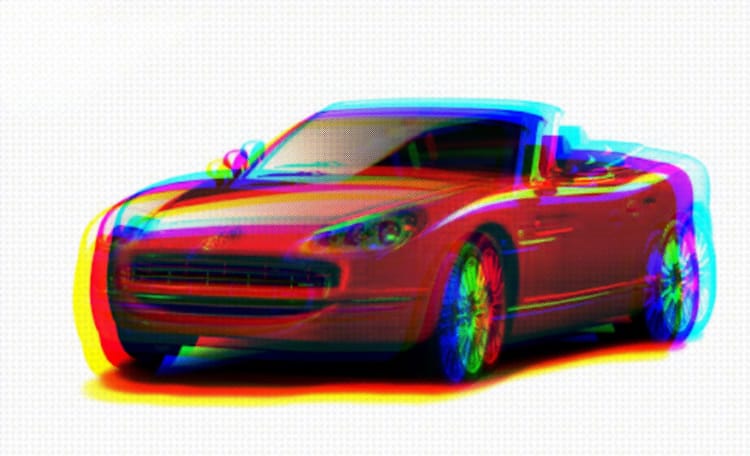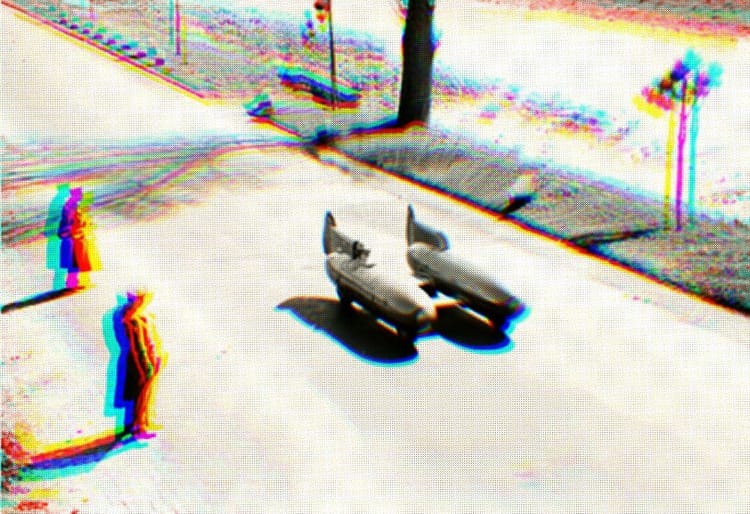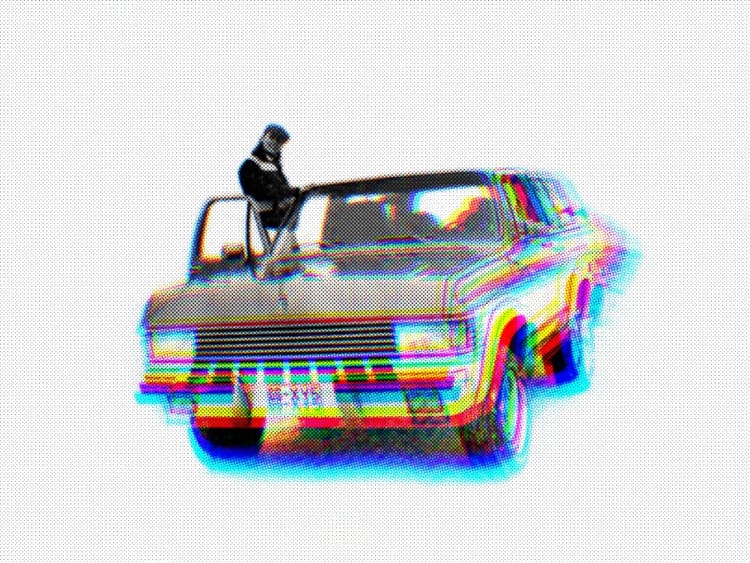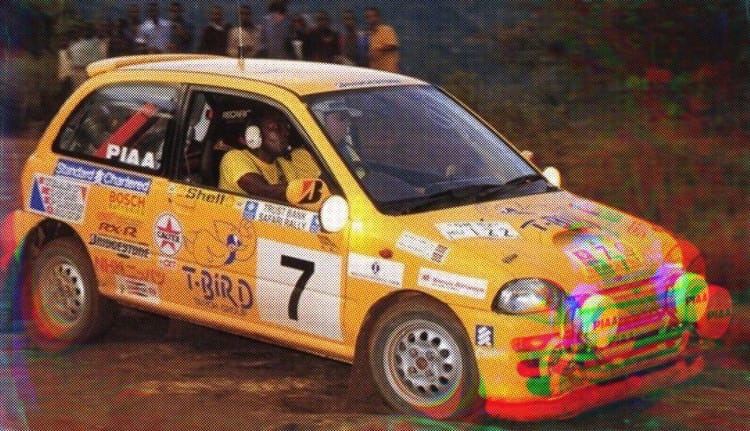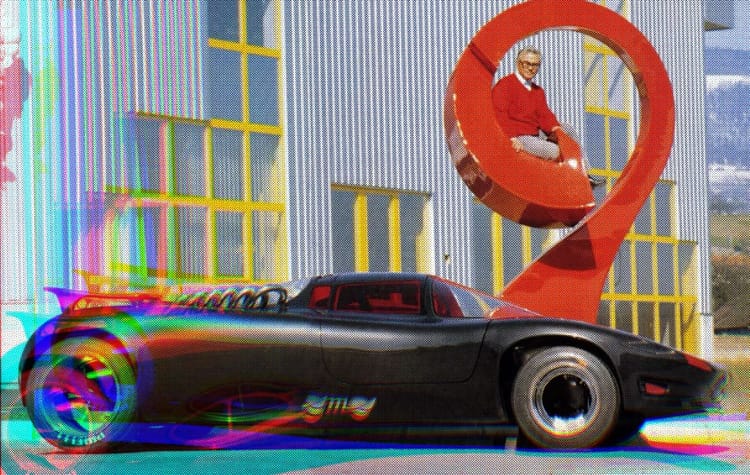Jössecar Indigo 3000
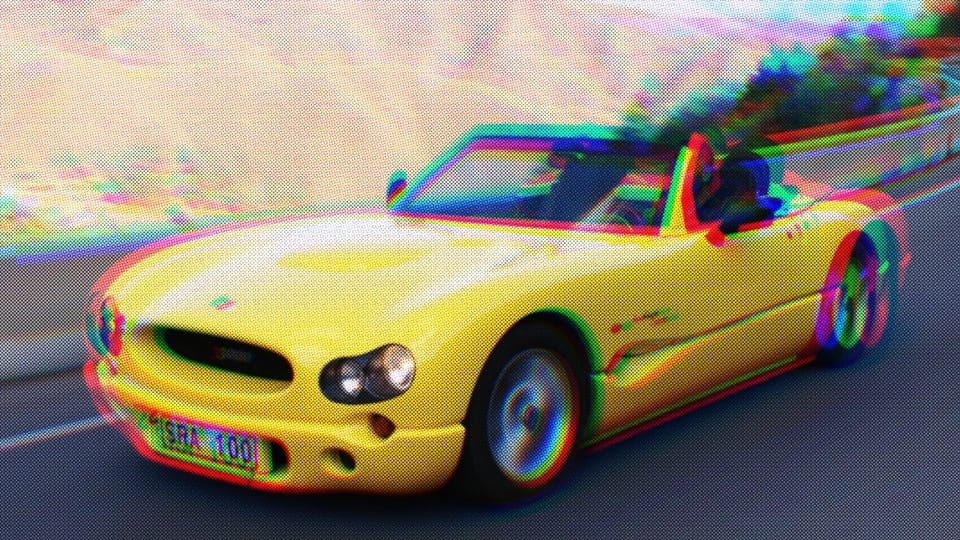
To save you some time, yes, approximately 44 Indigo 3000s were built and yes, the actual Jössecar website is still online at jossecar.com.
Last updated in 1998, it’s as straightforward and mysterious as this long-forgotten Swedish roadster.

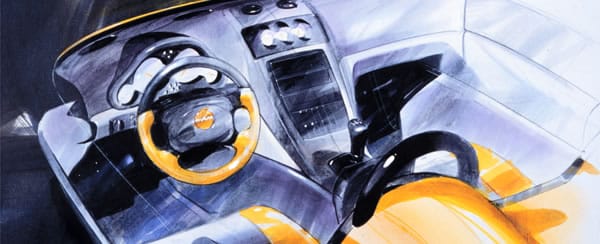
Jössecar Indigo 3000 sketches from the early 1990s • indigo3000.se
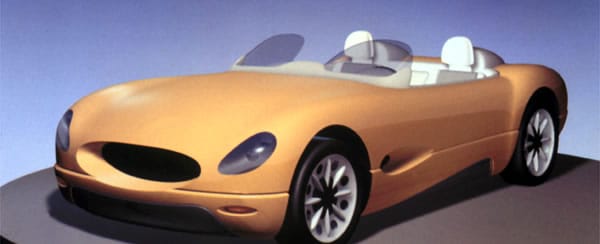


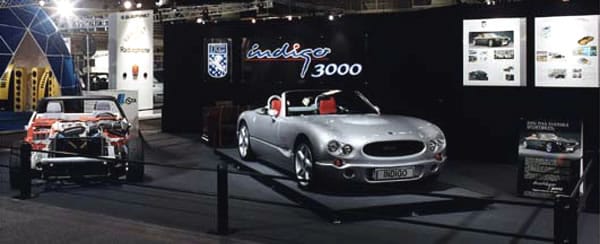


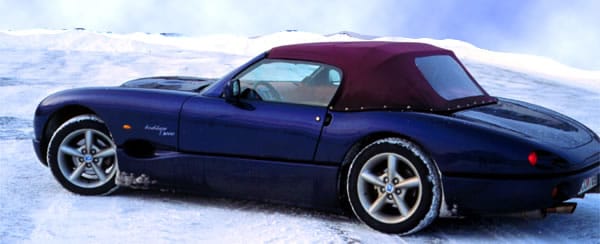
Computer-Aided Design (CAD) render, prototype, crashed version, 1997 Jössecar auto show stand, engine detail, and winter driving • indigo3000.se
Jössecar’s website states in full:
“We have developed and built cars. We have driven and raced cars. We have had a dream during all our years in the car industry and on the race track. Our dream was to build a car that combines the enjoyment of driving a sports car with the contemporary demands for comfort, safety and environmental care. We wanted to build an affordable car you can personalise with your own dreams in mind.
“The dream has come true!
“Indigo 3000 is a two-seated roadster. Classic, but still modern in design and choice of materials. Furthermore built according to the latest safety thinking. Technically advanced and based upon well proven components with service accessible in workshops all over the world - at reasonable cost. A potent sports car and at the same time a comfortable car for long drives with ample room for luggage. A car that can be built entirely according to your wishes, thanks to availability of an unusual number of options!”
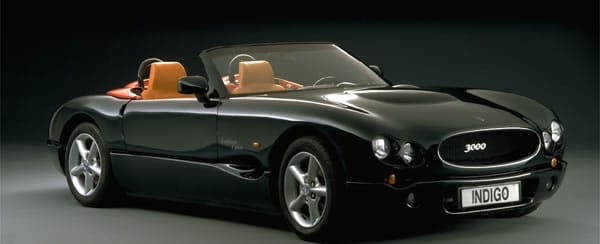
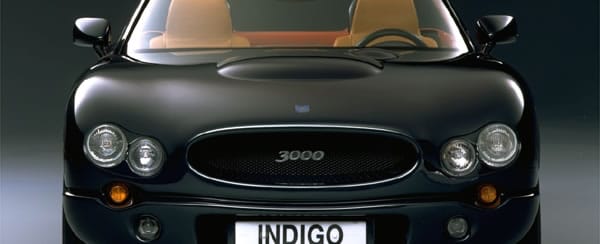
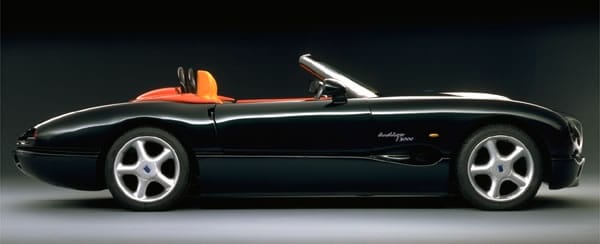
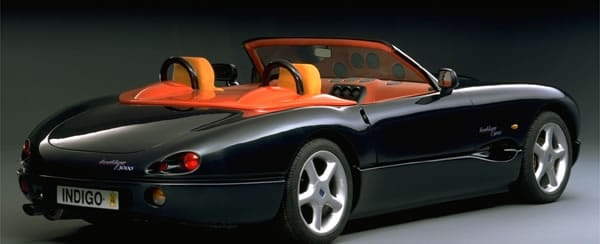
Indigo 3000 studio photos – I like the bright orange interior matched with deep black exterior paint • indigo3000.se
Ok, it’s nearly perfect. Engine?
A 3.0-litre straight-6 from the Volvo 960/V90, officially the B6304S. (It was also used in the S80). At a hair over 200 horsepower, and top speed stated at 240 km/h (150 mph), the Indigo 3000 would have been competitive with many similarly sporty 1990s roadsters.
It’s said the whole operation was inspired after one of the company’s founders had visited TVR in the UK…a classic miscalculation, no?

